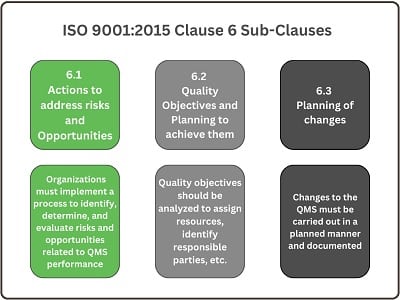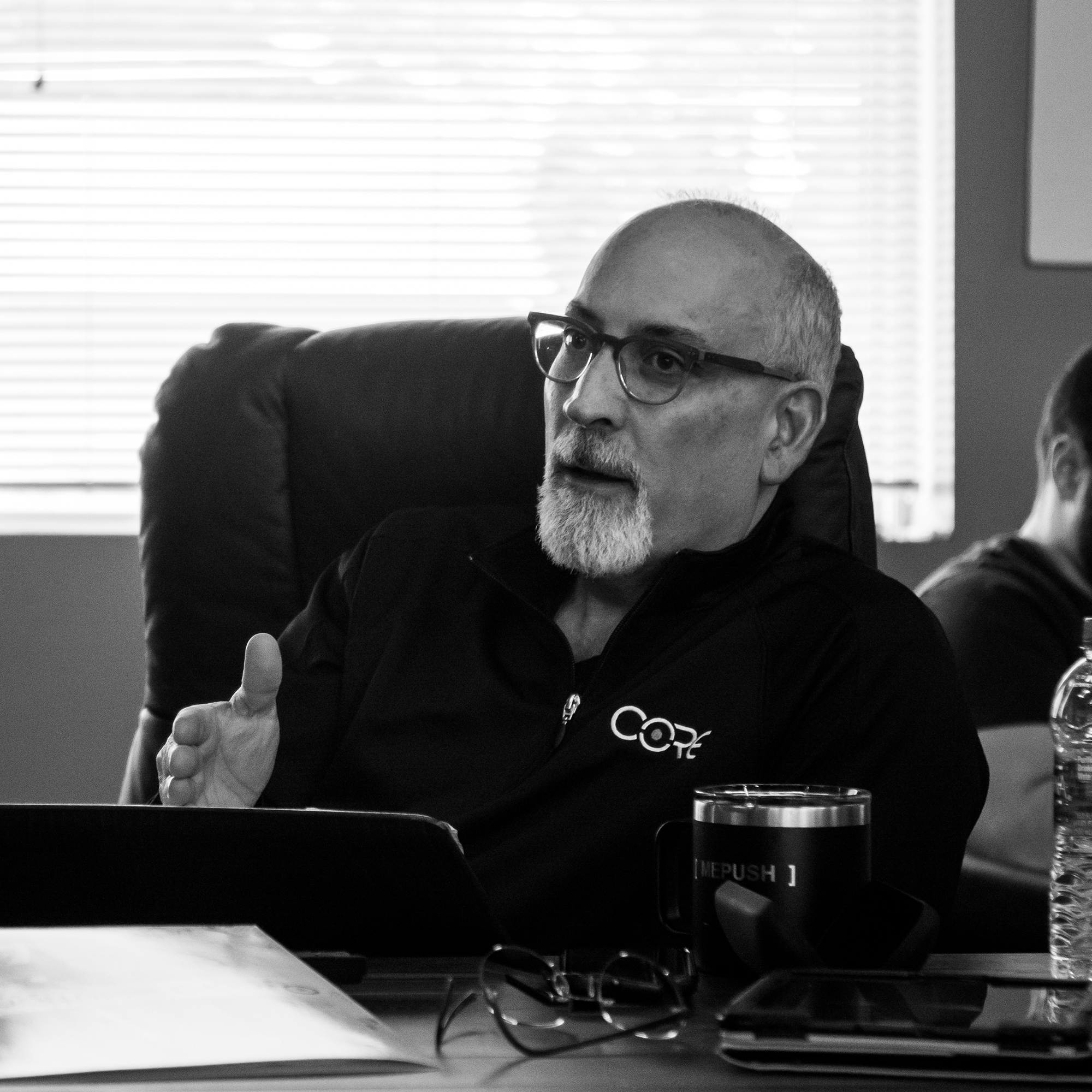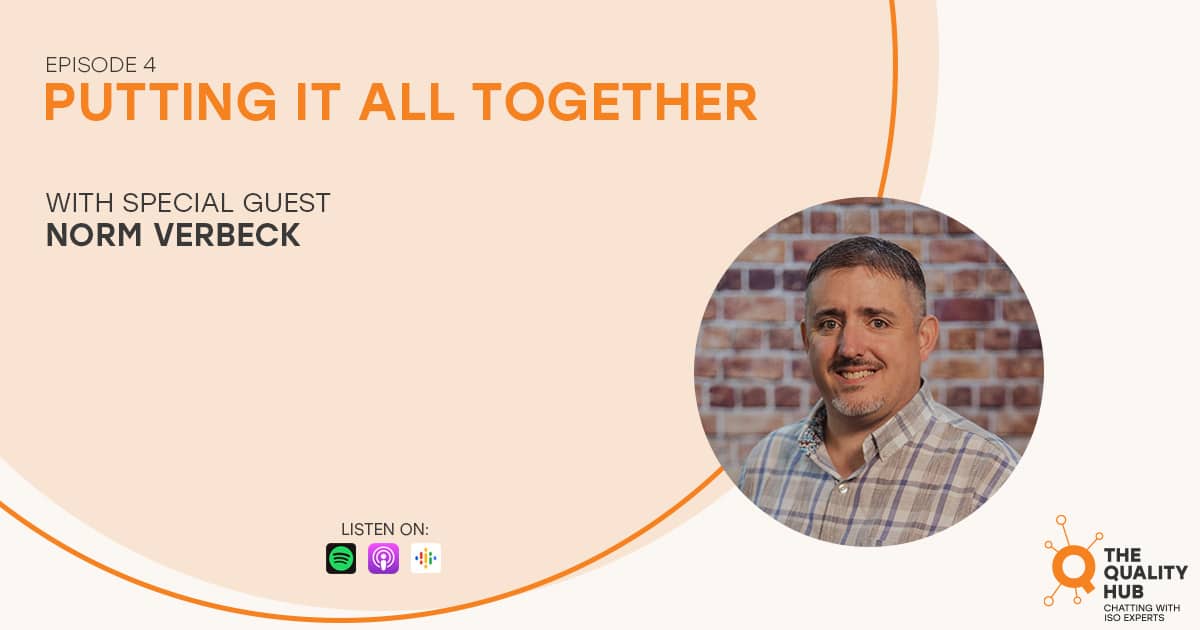ISO 9001:2015 Clause 6.3
What is ISO 9001:2015 Clause 6.3?
Clause 6.3 of ISO 9001:2015 is focused on “Planning.” Specifically, it deals with the planning process necessary to achieve quality objectives and ensure the effective functioning of the Quality Management System (QMS) within an organization.
Key points outlined in Clause 6.3 include:
Planning for Changes:
Organizations need to plan for changes that can affect the QMS. This includes changes in the organization itself, changes in customer requirements, technology upgrades, regulatory alterations, etc.
Risk-Based Thinking:
There’s an emphasis on incorporating risk-based thinking into the planning process. This involves identifying potential risks and opportunities that might affect the QMS and taking actions to address or mitigate these risks while leveraging opportunities for improvement.
Integrating the QMS into Business Processes:
The planning process involves integrating the QMS requirements into the organization’s overall business processes. This integration ensures that the QMS aligns with the strategic direction and goals of the organization.
Get a Free Quote
Objective Planning:
Organizations need to plan actions to meet quality objectives. This involves determining what needs to be done, what resources are required, who is responsible for specific tasks, and establishing timelines for achieving these objectives.
Change Management:
Establishing processes for managing changes within the QMS is a key aspect of Clause 6.3. This includes documenting changes, evaluating their impact, implementing necessary actions, and ensuring that changes do not adversely affect the QMS’s effectiveness.
Overall, Clause 6.3 underscores the importance of proactive planning within an organization to achieve its quality objectives, manage risks effectively, and ensure that the QMS is integrated into its overall business processes.
How do you comply with Clause 6.3?
Complying with Clause 6.3 of ISO 9001:2015, which focuses on planning within a quality management system, involves several steps and approaches:
Risk Identification and Assessment:
Conduct a thorough analysis to identify potential risks and opportunities that could affect the quality management system. This involves considering internal and external factors that might impact quality objectives.
Developing Action Plans:
Based on identified risks and opportunities, create action plans. These plans should address how to mitigate risks and leverage opportunities effectively. Ensure these plans are documented and communicated throughout the organization.
Integration with Business Processes:
Align the quality management system with the organization’s overall business processes and strategic objectives. This integration ensures that the QMS is not an isolated system but a part of the organization’s operations.
Resource Allocation:
Determine the resources (human, financial, technological, etc.) necessary to achieve quality objectives and implement the action plans effectively. Ensure that resources are allocated appropriately.
Objective Setting:
Establish measurable quality objectives that are aligned with the organization’s strategic direction. Define clear targets, timelines, responsibilities, and performance indicators associated with these objectives.
Change Management Procedures:
Develop and implement robust change management procedures. These procedures should cover how changes within the organization, processes, or external factors are identified, evaluated, documented, communicated, and implemented without compromising the QMS’s effectiveness.
Monitoring and Review:
Regularly monitor and review the effectiveness of the plans and actions taken to achieve quality objectives. This involves tracking progress, reviewing performance indicators, and assessing whether objectives are being met.
Continual Improvement:
Use the information gathered from monitoring and review processes to drive continual improvement. This might involve adjusting plans, refining processes, or addressing new risks and opportunities that emerge.
Documentation and Record-keeping:
Maintain documented information related to the planning process, including risk assessments, action plans, objective setting, change management records, and reviews conducted.
By following these steps and integrating them into the organization’s quality management system, businesses can effectively comply with Clause 6.3 of ISO 9001:2015. This compliance ensures that the QMS is proactive, adaptable to changes, aligned with business goals, and continuously improving.

Other ISO 9001:2015 Clauses:
What is the History of Clause 6.3?
The history of Clause 6.3 within ISO 9001 standards reflects the evolution of quality management principles and their integration into organizational processes. However, it’s important to note that the specific clause numbering might differ across different versions of the standard.
Looking at the evolution of the planning aspect in ISO 9001:
ISO 9001:1987:
The early versions of the ISO 9000 series focused more on procedural requirements rather than explicit clauses related to planning. However, the concept of planning for quality was present in the requirements for documentation, procedures, and processes.
ISO 9001:1994:
This version emphasized the need for documented procedures across various quality management processes, implying a structured approach to planning and documenting quality-related activities.
ISO 9001:2000:
The standard saw significant changes in this version, moving towards a process-oriented approach. Clause 4.1 required organizations to establish and maintain a quality management system and address processes essential for its effectiveness. This hinted at a more strategic and process-based planning approach.
ISO 9001:2008:
Clause 5.4 in this version emphasized the need for quality objectives, planning, and the determination of the necessary processes to achieve these objectives. It laid the groundwork for a more structured planning requirement within the QMS.
ISO 9001:2015:
The current version places a strong emphasis on risk-based thinking and integrating the QMS into business processes. Clause 6.3 explicitly addresses planning, requiring organizations to plan actions to address risks and opportunities, integrate the QMS into processes, set quality objectives, and manage changes effectively.
Across these revisions, the standard has evolved from a focus on documentation and procedural requirements towards a more holistic approach. The emphasis shifted towards strategic planning, risk-based thinking, integration of the QMS into business processes, and continual improvement, as seen in the current Clause 6.3 of ISO 9001:2015.
Helpful Resources: ISO 9001 QMS – Putting it All Together Podcast
Our special guest, Norm Verbeck, an experienced Quality Management consultant at Core Business Solutions, will provide us with an in-depth understanding of how to effectively organize and streamline your objectives, documents, and measuring procedures. Norm will also demonstrate how to analyze valuable customer and supplier data, and he’ll also reveal how our powerful software compliance platform, CORE, can assist you in achieving these essential goals. Learn More.
Consulting Support for ISO 9001
Every year, we help hundreds of small businesses achieve ISO 9001 certification. Support for ISO 9001 is available through any of our Consulting Programs As an American business with a story like yours, we know that time is valuable. Our expert consultants are here to take on the difficult, technical aspects of certification so you can focus on your business. They’ll work with you every step of the way until you’re successfully certified. Interested? Get a Free Quote.
In many industries, ISO 9001 has become a supply-chain requirement. When landing a big contract, ISO 9001 certification could make all the difference.

About Core Business Solutions
"Core Business Solutions was started by my brother, Mike Dawson, and myself, true entrepreneurs at heart looking for a better way to make a living and help small businesses improve the quality of the products and services they provide.
The bottom line: we are real people that have developed a team to come along side you to help you grow and succeed."
-- Scott Dawson, President
Related Standards
We provide consulting support for various other standards, as well as support for companies seeking multiple certifications through an Integrated Management System.
AS9100
Aerospace Manufacturers
AS9120
Aerospace Distributors
ISO 14001
Environmental Management Systems
ISO 27001
Information Security Management Systems
ISO 20000-1
Service Management Systems
ISO 45001
OH&S Management Systems
ISO 13485
Medical Device Manufacturers
AS9100
AS9120
ISO 14001
ISO
20000-1
ISO 27001
ISO 45001
ISO 13485
Equip Your Business to Meet ISO 9001 With CORE
At Core Business Solutions, we’re here to equip your company for success in meeting ISO 9001 requirements. We’ve helped hundreds of small businesses grow and deliver the best solutions to their clients. We provide ISO training services, consulting help, and compliance software and to help you get certified and stay certified. We focus on optimizing your processes and helping you implement an ISO-compliant QMS. When you partner with us, you’ll get the tools and help you need for success. For more information on the ISO 9001:2015 standard, please visit our articles page. You can also call our consulting office at 866-354-0300 or contact us online.
Do you want to update your existing ISO 9001 QMS System or refresh it?
We provide consulting services to assist you in your ISO 9001 Quality Management System refresh. We listen, conduct a gap analysis, update your Quality Policy and any necessary documentation or procedures, find areas of waste or improvement, simplify and automate. And we do it fast. Core offers firm, fixed pricing. Download our information sheet today to learn more or call us at 866-354-0300 Extension 2.

